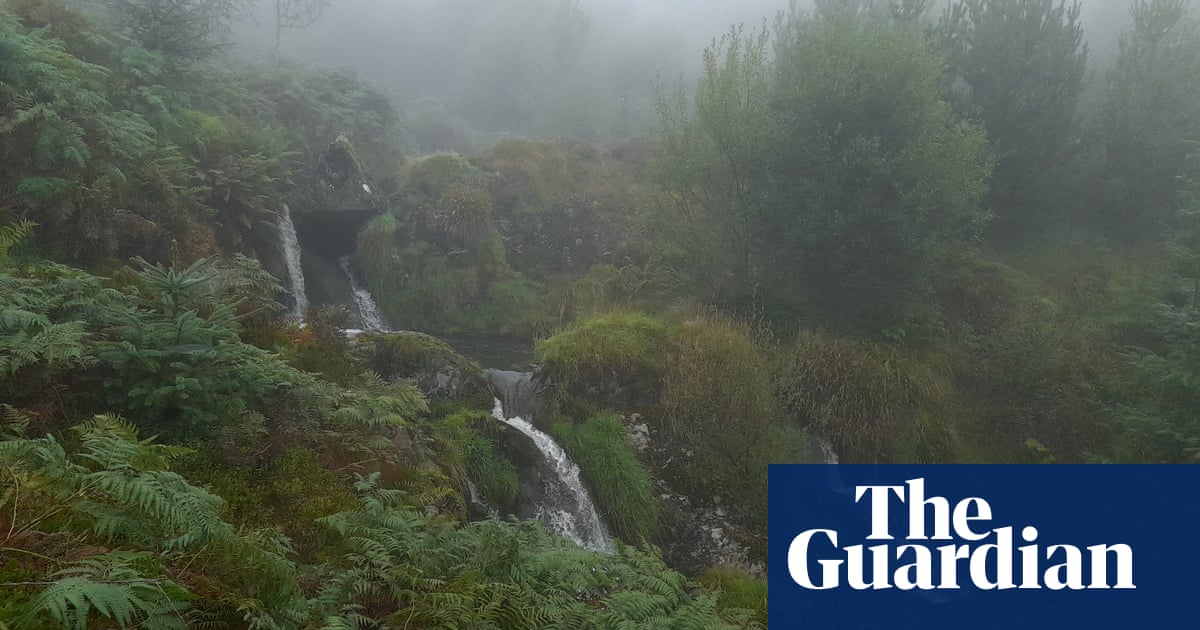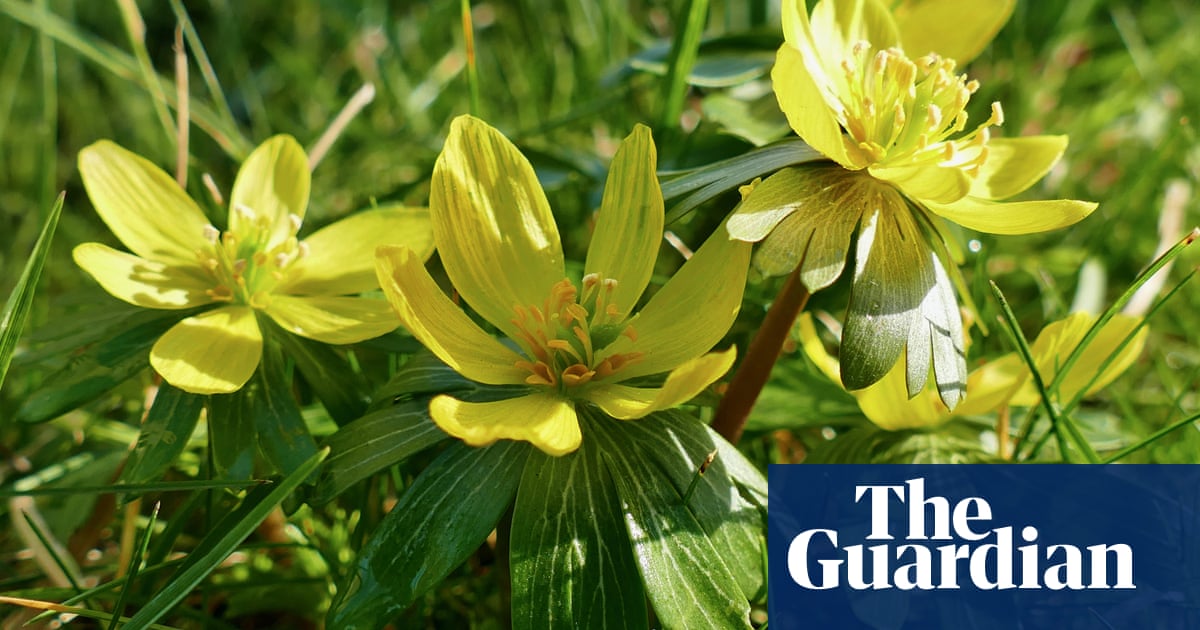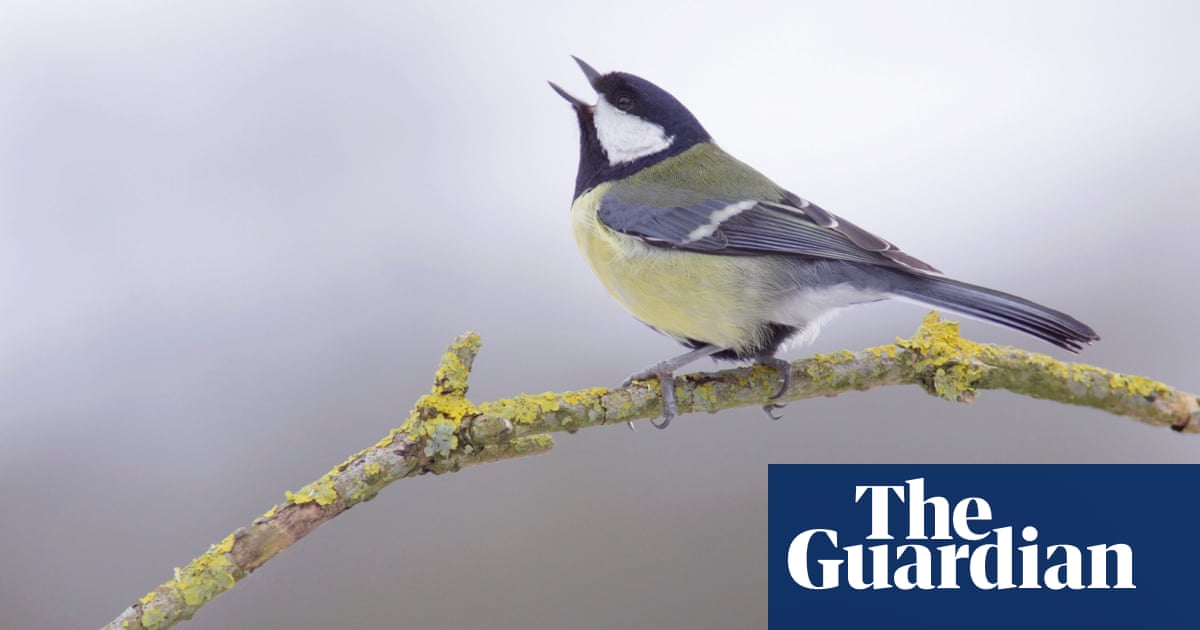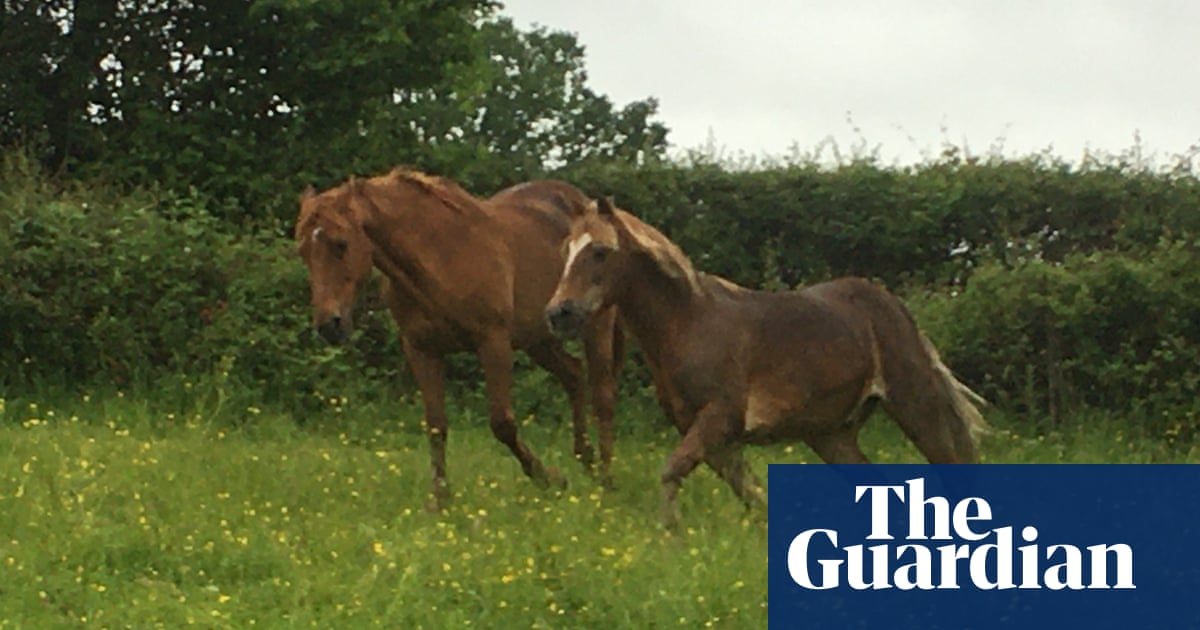
It feels as if this could be the last day of summer, as warmth and sunlight ebb away with the shortening days. Standing on the shoreline at low water, wavelets marked by a line of sunlit foam curl gently around my feet, before easing away again with an audible hiss. Beyond the reach of the waves, the wet sand, pockmarked with smooth pebbles, carries the marks where both water and wind have recently eroded the surface, leaving curious lines of interference where competing forces interact.
This dynamic landscape is in a constant state of flux as sand particles drift across the beach, yet the large-scale features still retain their form over long periods of time. A storm bank of cobbles marks both the highest tides and the boundary between beach and dunes. These sombre grey stones, partly rounded in the meltwaters around the fringe of a dying glacier, point to the broader run of topographic change.
A wooden boardwalk crosses the steep, fragile seaward face of the dunes – helping prevent walkers from disturbing plants and ground-nesting birds. From the crest, the view of the Dyfi estuary opens up to the east, the softly defined landscape scintillating gently through the blurred turbulent air as the heat of the sun warms the ground. Dense patches of briar have encroached on the eastern side of the dunes recently, helping to stabilise the dune system, but in the heat, little moves on this side of the sandscape other than an occasional rabbit darting from one patch of cover to the next.
To the north, larger waves break in the shallow water over the sand bar at the mouth of the Afon Dyfi, generating a low guttural roar that merges with the sound of wind moving the tall clumps of marram grass close at hand. The sun is visibly lower now and I should really be moving on, but the warm wind from the sea and the sounds of distant surf are oddly hypnotic. I’ll just give it another 10 minutes, or maybe half an hour.












